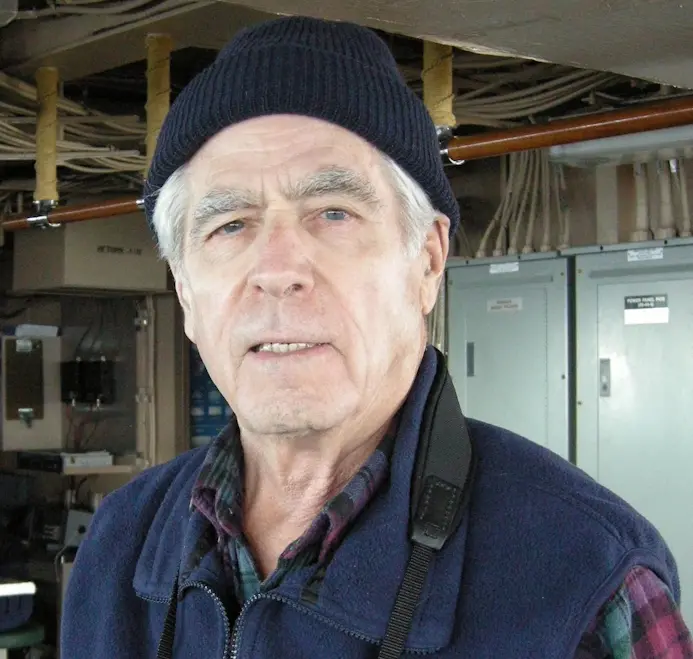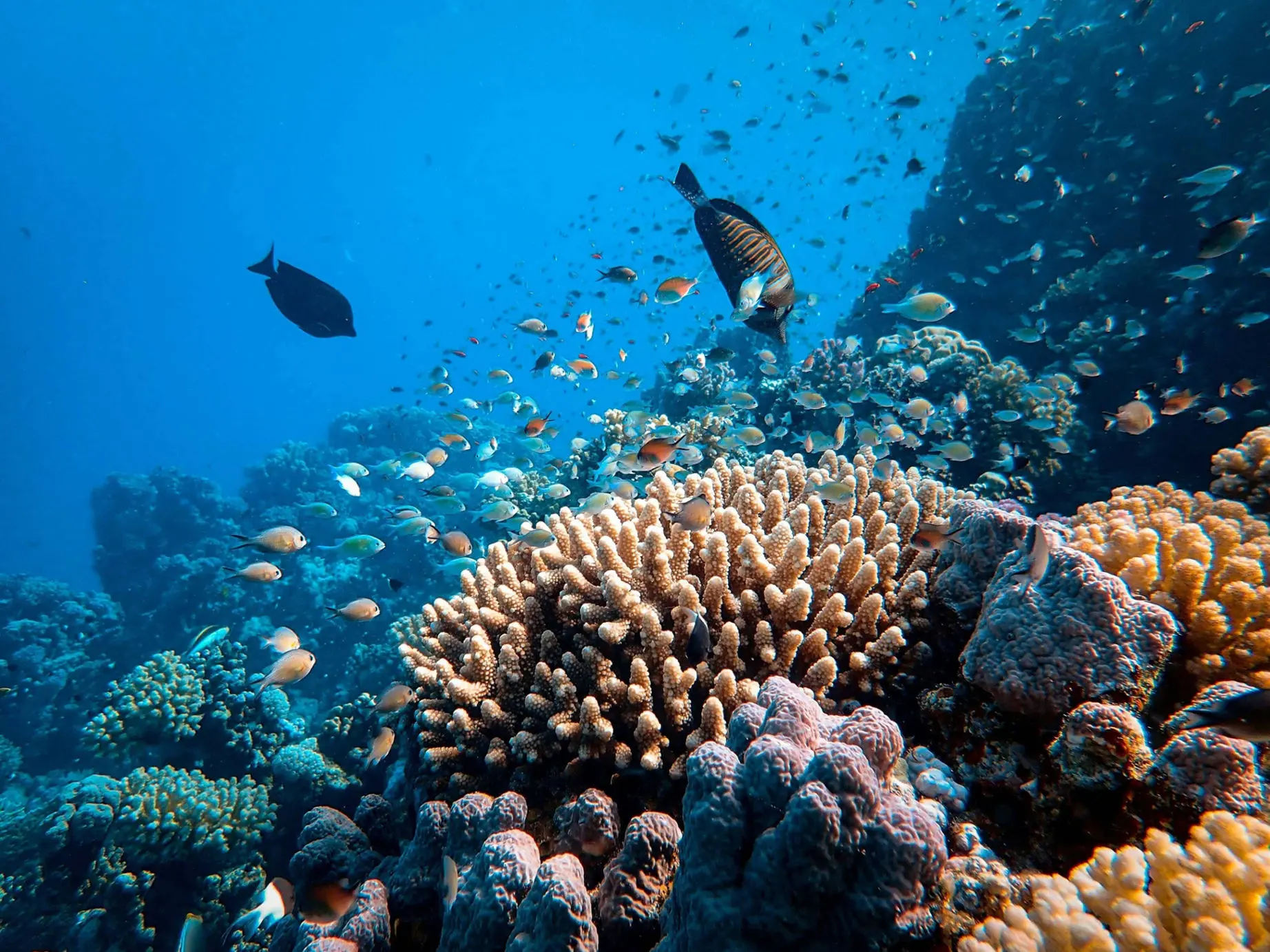Search: Marine ecosystems news & events

News | 26 Jul, 2024
Tanga-Pemba Multi-Stakeholders Forum Members Celebrate 2024’s Mangroves Day in Tanga.
In Tanga, The Tanga-Pemba Multi-Stakeholders Forum Members unite for the International Day for Conservation of Mangroves Ecosystem in an event officiated by the Tanga Regional Commissioner.

News | 11 Jul, 2024
IUCN-led initiative in Thailand wins the Ocean Award 2024
The Mirpuri Foundation and IUCN (International Union for Conservation of Nature) are proud to announce the winner of the Ocean Award 2024. This year's prize marks a significant collaboration between the two organisations, emphasising their combined effort to address pressing environmental…

News | 11 Jul, 2024
Mediterranean sites in France and Spain successfully renew their IUCN Green List status
Côte Bleue Marine Park and Cerbère-Banyuls Natural Marine Reserve in France, along with Sierra Nevada National and Natural Park in Spain, are the sites in the Mediterranean region that have recently renewed their IUCN Green List status. In doing so, they maintain their place among the 76…

Story | 08 Jul, 2024
The Great Blue Wall (GBW) Initiative, launched in 2021, has been instrumental in driving Africa response to the multifaceted challenges posed by climate change, biodiversity loss, and economic instability.

News | 02 Jul, 2024
Africa Ocean Forum Concludes with Promising Outcomes for Ocean Conservation and Governance
The Africa Ocean Forum, organized by the International Union for Conservation of Nature (IUCN), took place on June 24-25, 2024, in Nairobi, Kenya. With active participation from over 150 delegates, including policymakers, industry experts, scientists, and community leaders, the forum addressed…

Press release | 27 Jun, 2024
Albania joins IUCN as its newest State Member
IUCN, the world’s biggest environmental network, extends a warm welcome to Albania as its 87th State Member, following their formal endorsement of the IUCN Statutes. This step demonstrates Albania's commitment to global conservation efforts. The Ministry of Tourism and Environment has been…

Story | 19 Jun, 2024
Investing for Ocean Impact podcast, Season 3: Deep Sea Mining
The ocean’s seabed harbours a range of mineral reserves containing valuable metals and compounds. But under international law these resources have been designated “the common heritage of mankind”, a designation backed up by the body responsible for both preserving and allowing their use, the…

DG Statement | 07 Jun, 2024
IUCN Director General's Statement for World Ocean Day
The ocean is a world with three dimensions. The first is depth, from the tides lapping at our feet on a beach to the marine trenches that plunge far into a realm untouched by sunlight. The second is length, with waves that travel thousands of miles between North Pole and South. The third is…

Story | 22 Apr, 2024
G. Carleton Ray, ocean pioneer and inspiration, (1928–2024)
Carleton was decades ahead of the times. Today we pursue his concepts repackaged in different terminology.
"We must avoid the careless and tragic exploitation of the sea which we have not avoided in the case of the land...Some of the richest areas should be set aside...The…

News | 22 Apr, 2024
Against the backdrop of the ongoing fourth global coral bleaching event, the International Union for Conservation of Nature (IUCN), Arizona State University (ASU),…
